Online matchmaking has taken the internet by storm as mobile dating applications like Tinder attempt to take the work out of locating a soul mate. As of mid-2014, Tinder is rumored to have around 10 million daily active users making it a prime target for automated spam bots. The real spammers surely use coded attacks, but this robot is a fun example of a hardware-based attack. [Andrew] built it to be an automatic heart-shaped, button presser.
The device began as a single finger robot-hand project that was inspired by ‘InMoov’, which as their website states is “the first life-size humanoid robot you can 3D print and animate.” An Arduino Uno and servo motor laid the foundation for the system. After which, the joints of the 3D printed finger were assembled in place so that a touchscreen stylus could be attached. Once coded, the little robot was able to ‘like’ a new profile every 4 seconds. This adds up to approximately 900 likes per hour.
The project is cute, and shows one way that fake profiles can be elevated on the Tinder platform. An article written on Symantec’s blog describes a few other instances of spammers flirting with you via the Android app. This post is a continuation of an article released a year prior, yet Tinder has not addressed the issues relating to fake profiles since then.
Let’s try to focus in on the good. With a bit of additional ingenuity, this device could be transformed into a love searching robot that could choose between people. Get a camera hooked up with a face-recognition program, and add some user preferences so that the robot isn’t just hitting ‘like’ over and over, and we might be able to get some interesting research done. Still, it feels like it would be better to go meet people face-to-face.
Check out the video of the bot in action after the break, then let us know what other silly things you could do by targeting different apps.

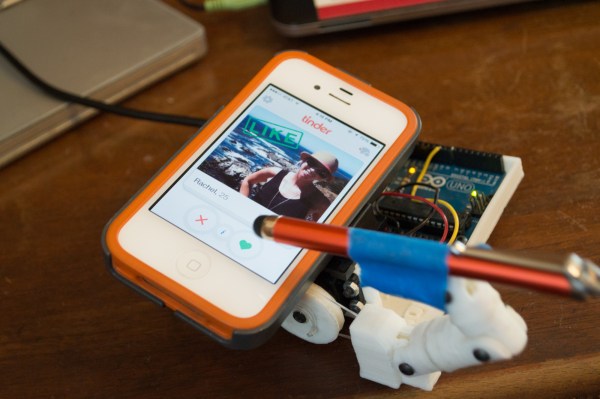

 The project featured in this post is
The project featured in this post is 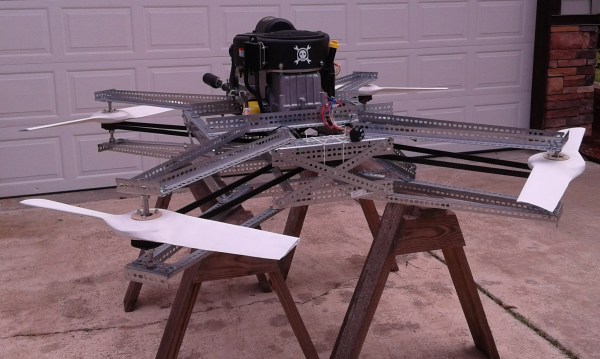
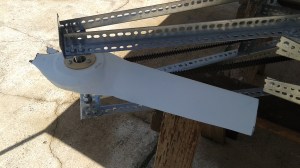 While the tight new engine was quickly losing RPM, the propeller and belt system still had quite a bit of inertia. As the video after the break shows, the belts started flapping and caught on the propeller blades. The front right prop tip caught the double-sided toothed belt, pulling it up and over the propeller. The other end of that same belt lives on the right rear prop. It too caught a propeller blade, snapping the composite blade clean off its hub. The bent steel pulley axles are a testament to the forces at work when things went wrong.
While the tight new engine was quickly losing RPM, the propeller and belt system still had quite a bit of inertia. As the video after the break shows, the belts started flapping and caught on the propeller blades. The front right prop tip caught the double-sided toothed belt, pulling it up and over the propeller. The other end of that same belt lives on the right rear prop. It too caught a propeller blade, snapping the composite blade clean off its hub. The bent steel pulley axles are a testament to the forces at work when things went wrong.
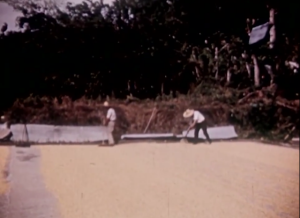 The day’s harvest is collected, weighed, and bagged for further production. The fruits are crushed to remove each bean from its red jacket. Then, the beans are washed and spread out in the sun for 8-10 days. They are frequently rotated so they dry evenly. The dried coffee is packed in bags and sent into the city.
The day’s harvest is collected, weighed, and bagged for further production. The fruits are crushed to remove each bean from its red jacket. Then, the beans are washed and spread out in the sun for 8-10 days. They are frequently rotated so they dry evenly. The dried coffee is packed in bags and sent into the city. At a warehouse, the coffee is inspected, sorted, and graded. Bags are stamped with the coffee’s country of origin and intended destination before going to the seaport. A very important step happens here. As each bag walks by on the shoulders of a worker, another guy stabs it to get a sample of the beans. The on-site A&P officials take over at this point and do their own inspections, sending samples to the US. Here, the coffees are roasted and taste tested for both strength and flavor from a giant lazy Susan full of porcelain cups.
At a warehouse, the coffee is inspected, sorted, and graded. Bags are stamped with the coffee’s country of origin and intended destination before going to the seaport. A very important step happens here. As each bag walks by on the shoulders of a worker, another guy stabs it to get a sample of the beans. The on-site A&P officials take over at this point and do their own inspections, sending samples to the US. Here, the coffees are roasted and taste tested for both strength and flavor from a giant lazy Susan full of porcelain cups. 
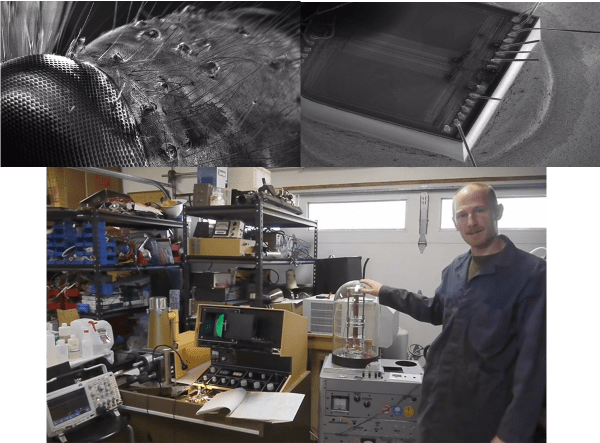
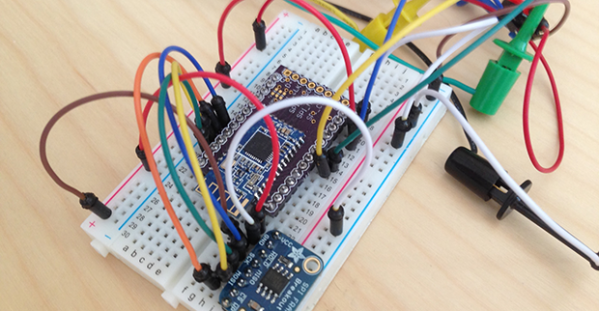
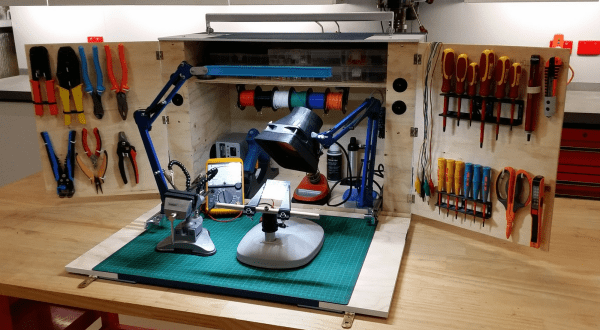
 The basic box is built from a single sheet of 7mm plywood. The front work area is a smaller piece of 12mm plywood. Working with 7mm plywood did prove to be a challenge – [Tez] had to use some very small screws for his hinges. The basic box construction was easy though – [Tez] used a pneumatic nailer and PVA (wood) glue.
The basic box is built from a single sheet of 7mm plywood. The front work area is a smaller piece of 12mm plywood. Working with 7mm plywood did prove to be a challenge – [Tez] had to use some very small screws for his hinges. The basic box construction was easy though – [Tez] used a pneumatic nailer and PVA (wood) glue.









